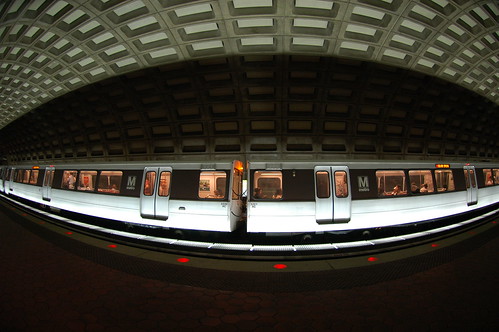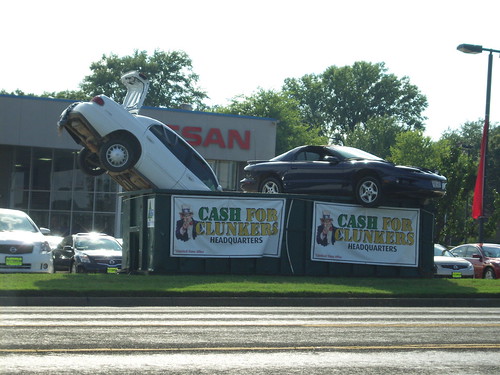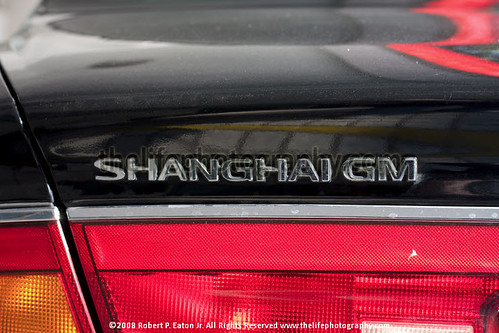LA Times Columnist: America’s Trains And Transit Will Always Suck (Dump that damned car culture already)
(Source: The Infrastructurist)
The author make a convincing case for upping transit investments and transit-oriented development to make our systems efficient and suggests some drastic measures, which are considered often “basic” in the pro-transit world. The summary goes like tihs: “The move toward a world where we need more alternatives to single-person auto travel is going to happen regardless of US politicians. It would be better if we tried to get ahead of that curve. Lazrus is probably right to be gloomy about that–but wrong to be gloomy about the long-term prospects of transit and rail.” If you are a transit nut, this is definitely worth a read. Enjoy!
—————————————————————————————————————————-
Yesterday’s dispatch from LA Times business writer David Lazarus has a great lede: “It’s hard to appreciate how truly pitiful our public transportation system is until you spend some time with a system that works.” Many of us know that feeling.
Then he gushes about the consistently reliable, affordable and convenient transit systems in Japan. “I rode just about every form of public transit imaginable — bullet trains, express trains, commuter trains, subways, street cars, monorails and buses.” All fabulous, of course.
Then there’s that age old question of replicating it here in this place we call America. Lazarus argues that even if you build great transit and high speed rail networks people won’t use them in sufficient numbers unless you also strongly penalize car travel. Carrot and stick. But how to discourage auto use? Like this:
- Make driving more expensive with higher gas taxes and road fees
- Make parking much pricier and less convenient all over the country
- Redevelop our cities and suburbs to make them denser and more conducive to transit and rail travel
Pretty basic stuff, though Lazarus chooses to characterize this broader process as “making our cities less comfortable” and says he “simply can’t imagine political leaders at the local, state or federal level telling voters that they support a big increase in gas taxes, sky-high parking fees and high-density neighborhoods.”
That fact essentially seals the fate of transit and passenger rail, he argues.
Let’s assume for the sake of argument he’s right that politicians will never act to make driving meaningfully more expensive. Should we abandon hope for transit and passenger rail that doesn’t suck?
No. Potentially for two reasons, in fact.
Click here to read the entire article.


![Image Courtesy: Economic Policy Institute [figure]](http://www.epi.org/page/-/img/20090805_snapshot.jpg)





